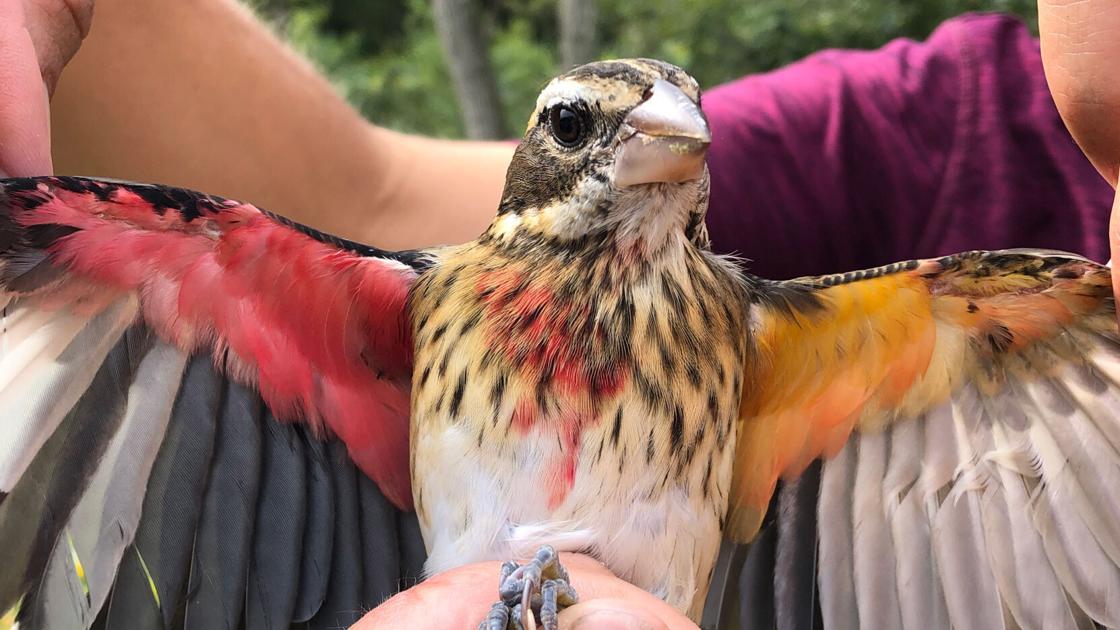RECTOR, Pa. — It may not be one in a million, but it’s pretty close.
Researchers have discovered a rare songbird, called the rose-breasted grosbeak, that is male on one side of its body and female on the other.
It’s being described as a “once in a lifetime” discovery.
This half-male, half-female rose-breasted grosbeak is also known as a gynandromorph.
The last time the Powdermill Nature Reserve at the Carnegie Museum of Natural History found another was 15 years ago, and it’s only the fifth to be discovered out of the nearly 800,000 birds that the nature reserve has seen.
“Everyone here, I mean the whole crew, was just so excited,” Annie Lindsay, the nature reserve’s bird banding program manager, told CNN. “There was this scientific interest, of course. But also happiness for seeing something that was so rare.”
What happens to a bird like this
Male and female grosbeaks are distinguished by their color: Males have pink “wing pits,” and females are yellow-brown.
The sides of this bird’s body were different colors. This genetic variation is known as gynandromorphism (“gyne” is Greek for female; “andro” means male, and “morph” means variety).















